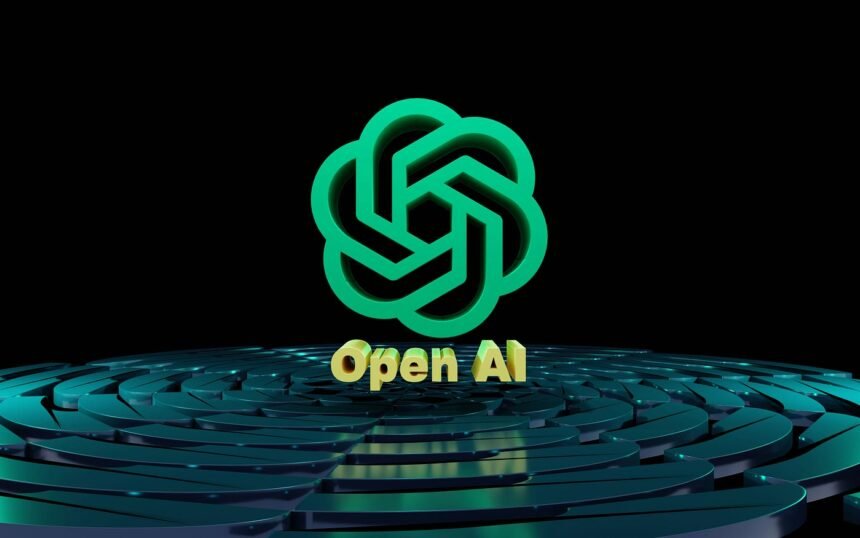Artificial Intelligence (AI) is rapidly advancing, and knowledge representation is critical to AI. The process of knowledge representation in AI involves organizing information, facts, and data in a structured format that machines can use to solve complex problems. This article will delve into the basics of knowledge representation in AI and explore how it is used in various industries.
What is Knowledge Representation in AI?
Knowledge representation organizes information, facts, and data in a way that machines can easily understand. In other words, it is the process of taking unstructured data and converting it into a structured format that machines can analyze and interpret.
Knowledge representation is an essential aspect of AI, as it enables machines to reason, learn, and make decisions based on the data presented to them.
How is Knowledge Representation Used in AI?
Knowledge representation is used in various fields, including natural language processing, robotics, and computer vision. Let’s look at these fields and explore how knowledge representation is used.
Natural Language Processing
In natural language processing, knowledge representation is used to understand the meaning of natural language text. It is achieved by breaking down the text into its constituent parts, such as words and sentences, and then analyzing their relationships. For example, if a machine is given the sentence “The cat sat on the mat,” it can use knowledge representation to understand that the cat is on the mat.
Robotics
In robotics, knowledge representation is used to help robots understand their environment. It is achieved by creating a model of the robot’s surroundings using sensors and other data sources. This model can guide the robot’s actions and make decisions based on the gathered data.
Computer Vision
In computer vision, knowledge representation is used to help machines interpret visual data. It is achieved by breaking down images into constituent parts, such as pixels and edges, and then analyzing their relationships. For example, a machine might use knowledge representation to identify a face in an image.
Benefits of Knowledge Representation in AI
Knowledge representation is a critical aspect of AI and offers several benefits. These include:
1. Improved Decision Making: Knowledge representation allows machines to make more informed decisions by providing a structured data analysis format.
2. Increased Efficiency: By using knowledge representation, machines can quickly process and analyze data, leading to increased efficiency and productivity.
3. Better Problem Solving: Knowledge representation enables machines to identify patterns and relationships within data, leading to better problem-solving capabilities.
4. Improved Communication: Knowledge representation allows machines to communicate more effectively with humans, providing a common language for both parties.
Conclusion
In conclusion, Knowledge Representation in AI is a critical aspect that enables machines to analyze and interpret data in a structured format. It is used in various industries, including natural language processing, robotics, and computer vision, and offers several benefits, including improved decision-making, increased efficiency, better problem-solving, and improved communication. As AI advances, knowledge representation will undoubtedly play an increasingly important role in its development.













